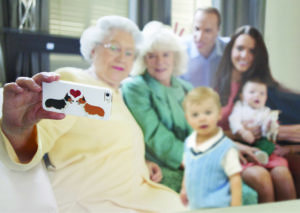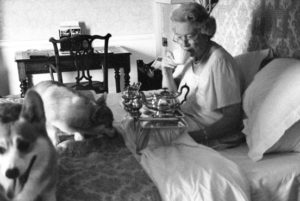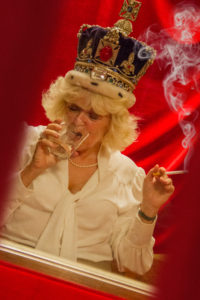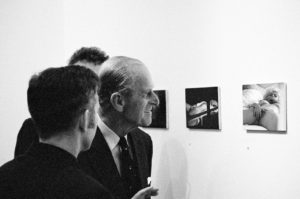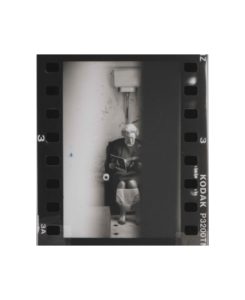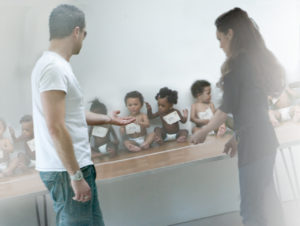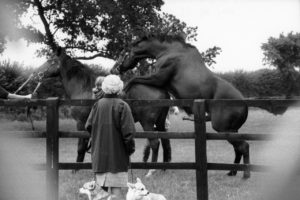x
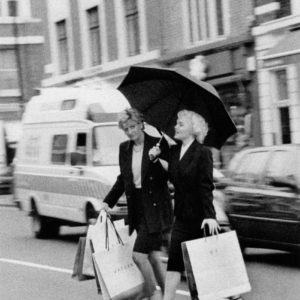
Alison Jackson
Alison Jackson's photographs could be described as a feminist critique on popular culture and celebrity. She does not see herself as a satirist. Her artistic roots are to be found in the conceptual photography of the 1970's artists such as Jeff Wall, Richard Prince and Cindy Sherman.
b Jackson’s next upcoming exhibitions are at Coe and Co, Nantucket in July 2020, The Photogallery, Stockholm in September 2020, and Fotografiska, New York in Autumn 2020 respectively. She has been widely exhibited in museums, galleries and in Public Collections across the world including: Fotografiska, Stockholm and Tallin. Tate Modern, The Tate Britain, The Hayward Gallery, The National Portrait Gallery, International Center of Photography, New York; San Francisco MoMA; Pompidou Centre; Musée du Louvre, Paris; Liverpool Biennial; Musée de L’Elysee, Lausanne; Kunsthalle Vienna; Musee de la Photo Montreal; Musée de la Photographie àCharleroi; Schirn Museum, Frankfurt; Camera Museum, Turin; Westlicht Museum, Vienna; The Venice Biennale; and Camerawork, Berlin. bJackson's 'Fake Reality' photographs are inspired by the private lives of public figures and royalty. The artist combines what is presumed or already known about an individual with her own interpretation. Each image is a plausible yet imaginative photographic portrait, stripping away the veneers of spin that prop up those who come under her scrutiny.
bA useful self observation for artists is knowing where the truth in their practice disappears and illusion takes over. Occasionally an artist has the necessary objectivity to make a clear distinction between reality and illusion. This phenomena seems to be a key to successful communication and Alison Jackson has carved her career out of her own clear grasp of the concepts behind image making. The introduction on her own website leads with the lines: “My pictures ask where does the truth end and the lies begin…where the subjective triumphs over the objective.”
b To create Jackson’s ‘Realism’ a process of research, set building, hair, makeup and post production is undertaken. Her meticulous ‘low grade’ imagery requires a team and a considerable budget. b Jackson’s images have become increasingly relevant in the online world, where truth and objective journalism are hard to find. She pioneered ‘Fake News’ as an art form, a decade before social media became overwhelmed with it. During her student days at the Royal College of Art Jackson styled her own artistic brand. In 1997 she surprised the world by exhibiting images of Princess Diana with her lover Dodi Fayed and their presumed love child; a plausible concept given the rumours and public obsession with The Princess. With the death of Dodi and Diana, the truth was no longer an option, making Jackson’s images even more scandalous and poignant. b b‘At best, a photograph of a celebrity reproduces something authentic only at the very moment the shutter clicks’ says the artist ‘yet we have been teased into giving these moments an absolute and unquestioned authority. However, what we actually do is create a narcissistic circle where we assert our control over the object of desire: we transform our celebrities into what we want. This whole projective process is further exaggerated by our capacity for fantasy. In this way, my productions, charged with desire, have become more real than the real life model they are based on, evolving into a ‘mental image’ rather than a direct record of reality’.

